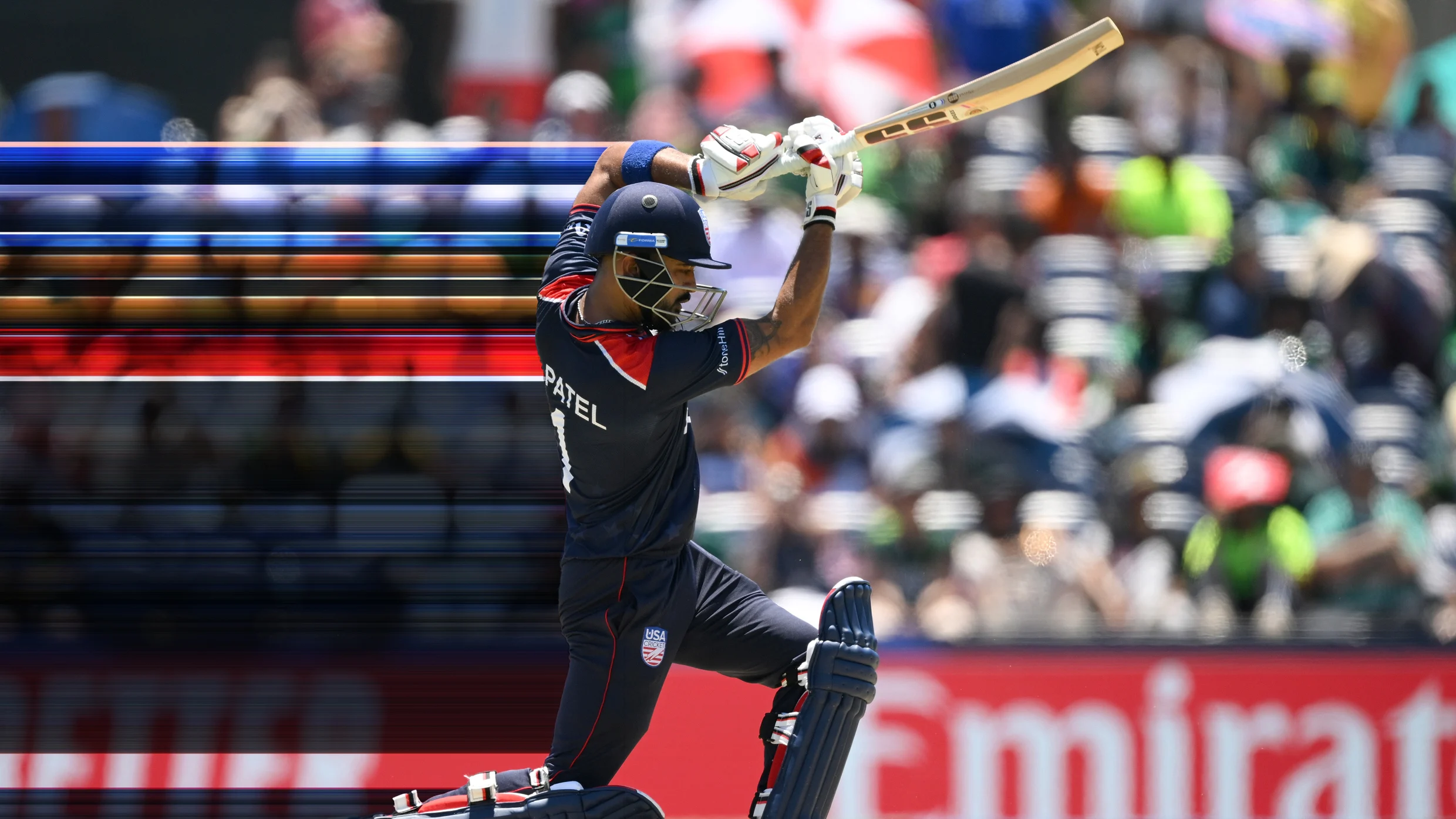CJ Attard Insights
Exploring the latest trends and insights in various industries.
Cricket: The Game that Stole Hearts and Bats
Discover why cricket captivates millions! From thrilling matches to unforgettable moments, explore the game that truly stole hearts and bats.
The Evolution of Cricket: From Passion to Profession
The sport of cricket has a rich history that dates back to the 16th century. Initially played in the fields of England as a pastime, it was a game rooted in passion and community engagement. Over the centuries, cricket evolved from informal matches amongst villagers to a more organized sport with established rules. The introduction of the Laws of Cricket in the late 18th century marked a significant turning point, allowing the game to gain popularity and structure. This period saw cricket transition from a local pastime to a sport enjoyed by the masses, laying the groundwork for its future as a professional endeavor.
As the 20th century approached, cricket began to transform into a true profession. The advent of Test matches and the creation of international tournaments fostered a competitive spirit that attracted audiences worldwide. The launch of One Day Internationals (ODIs) in the 1970s and Twenty20 cricket in the early 2000s further revolutionized the sport, capturing the interest of both fans and aspiring players. Today, cricket is not only a beloved sport but also a lucrative profession, with players enjoying significant financial rewards and global recognition. This evolution showcases cricket's journey from mere fun to a mainstream career path, reflecting its status as one of the most celebrated sports across the globe.

Understanding the Rules of Cricket: A Beginner's Guide
Cricket is a captivating sport with a rich history and a unique set of rules, making it essential for beginners to grasp the fundamentals. The game is played between two teams, each consisting of eleven players. The aim is to score more runs than the opposing team, which involves the offense and defense roles alternating between batting and bowling. Understanding the rules of cricket starts with recognizing key components, such as overs, which are sets of six legal deliveries bowled by a bowler. Each team gets to bat for a predetermined number of overs, with runs scored by hitting the ball and running between the wickets, or by hitting boundaries for additional runs.
Another crucial aspect of cricket is the fielding positions, which can affect strategic gameplay. The game is divided into innings, with one team batting while the other fields, aiming to restrict runs and dismiss batsmen. Disposals can happen in various ways, including being bowled, caught, or run out. Additionally, understanding the significance of run-outs and other forms of dismissals is vital for appreciating the nuances of the game. Familiarizing yourself with these foundational aspects not only enhances your understanding but also enriches your viewing experience as you engage with this beloved sport.
Why Does Cricket Captivate Millions? The Cultural Impact of the Game
Cricket is not just a game; it is a phenomenon that captivates millions across the globe. The cultural impact of cricket can be seen in countries like India, Australia, and England, where the sport transcends mere entertainment and becomes a thread woven into the national identity. From the bustling streets lined with makeshift pitches to the way families gather around screens during a major tournament, cricket influences social interactions and fosters a sense of community. It serves as a platform for shared experiences, where victories are celebrated and defeats mourned collectively, reinforcing social bonds within and between communities.
Furthermore, the cultural significance of cricket is amplified by its ability to act as a unifying force in diverse societies. In regions where social and economic disparities exist, cricket often serves as a common ground, bringing together people from varied backgrounds. Events such as the ICC Cricket World Cup spark fervent national pride and encourage grassroots participation, with many aspiring players emerging from underprivileged areas, dream of representing their country. This ripple effect not only promotes physical fitness and teamwork but also instills values of discipline and perseverance, making cricket a powerful catalyst for social change.